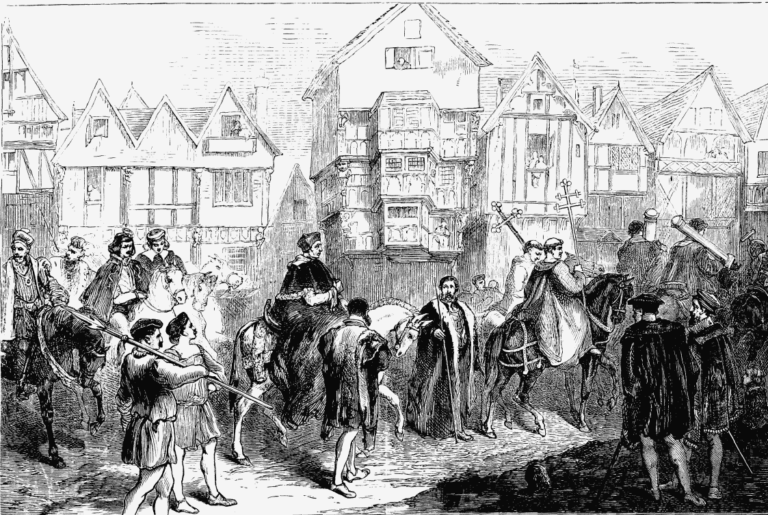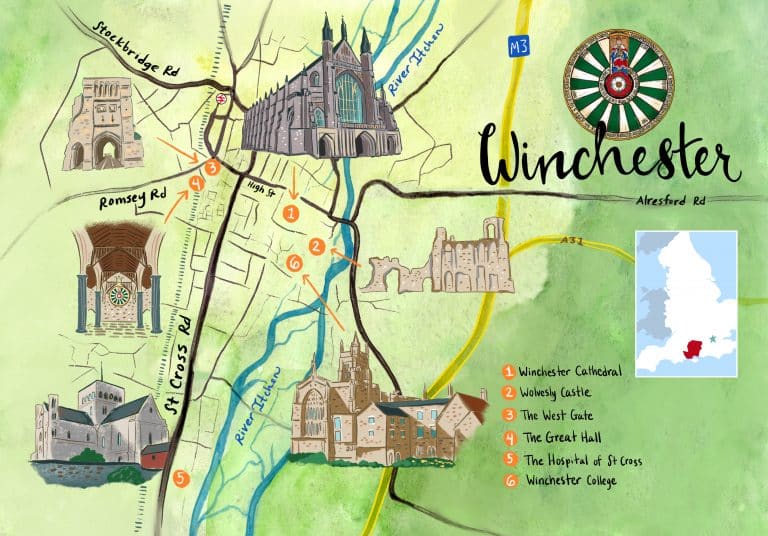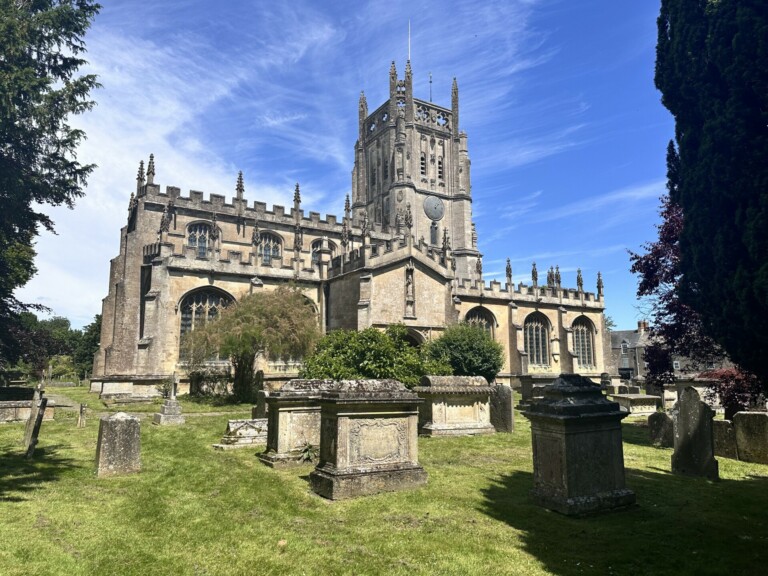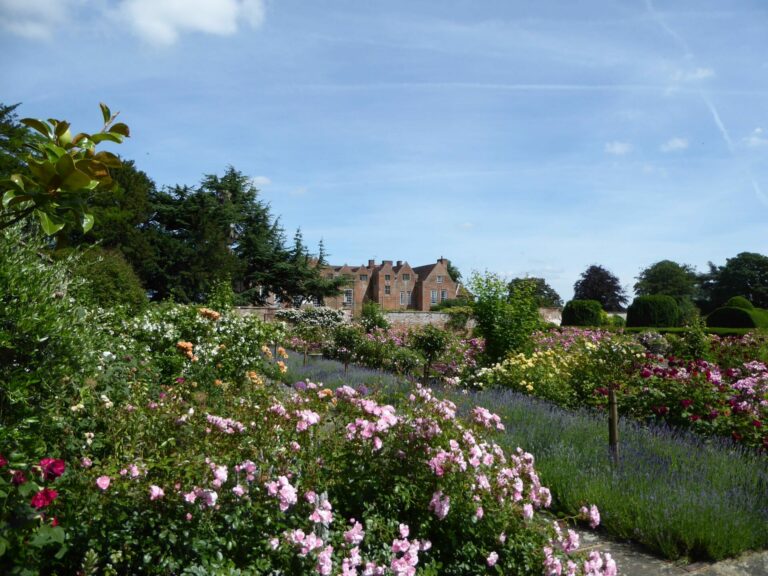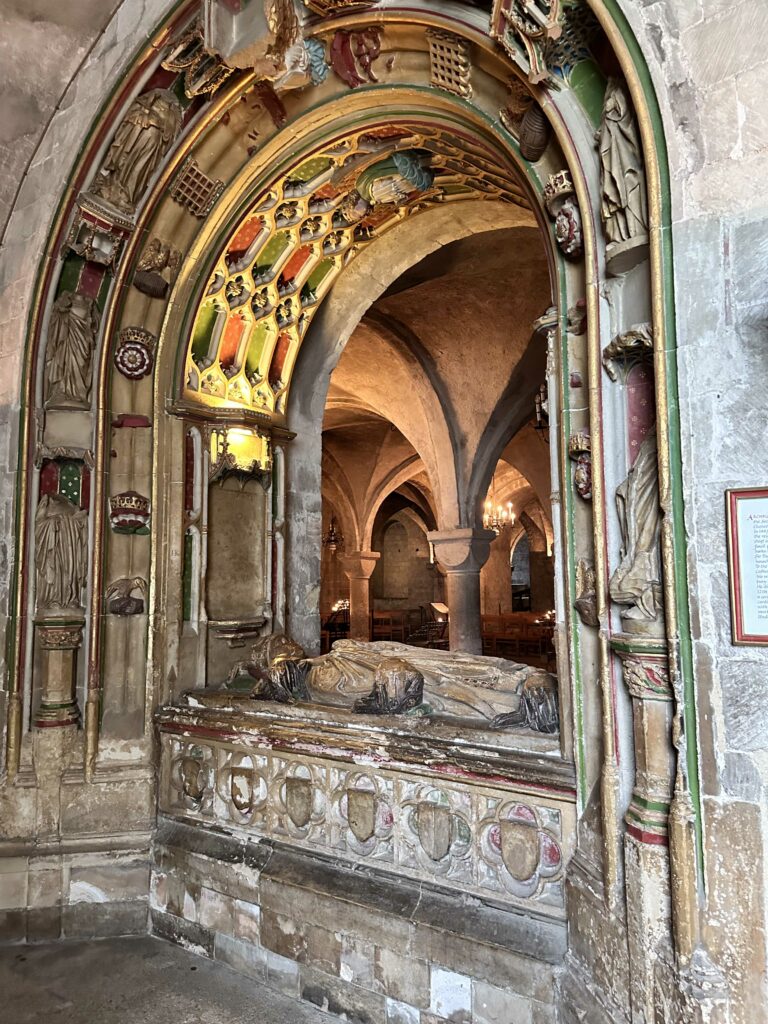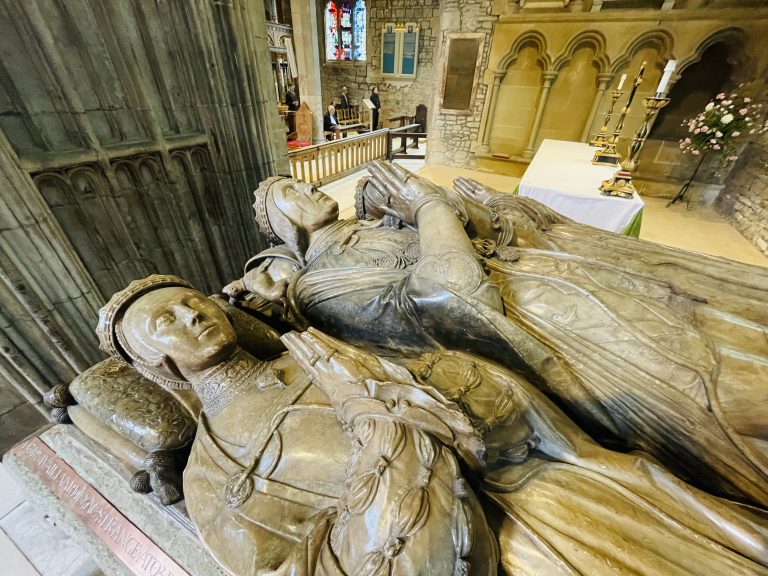Freston Tower, Suffolk
A Brief Introduction to Freston Tower
Thought to have been built around 1578-9, Freston Tower is arguably the oldest building of its kind in England. With six floors and twenty-six windows, Freston Tower is striking, with views overlooking the estuary of the River Orwell. The tower’s original function is uncertain, but the absence of fireplaces suggests it was constructed as an ornamental building rather than to be lived in. The intricate pattern of its russet bricks and detailed roof with its arcaded parapet (series or arches around the wall of the roof terrace) is evidence of a building designed to be admired.
The Landmark Trust suggests the tower was built in 1578 by a wealthy Ipswich merchant, Thomas Gooding. While we don’t know if Freston Tower was designed with a specific purpose, historians have long debated whether it may have served as a lookout tower, constructed to coincide with Queen Elizabeth’s visit to Ipswich in 1579 or simply as a display of wealth.
Freston Tower has passed through various owners since the sixteenth century and was given to the Landmark Trust by its last owner in 1999. Since then, the Landmark Trust has restored the historic tower and is now available as a holiday let.
Historic Properties Nearby
Suffolk is a county brimming with Tudor places to visit. As there are too many to mention here, head to my Tudor Suffolk itinerary for more information on places to visit nearby. Ipswich, the county town of Suffolk, is associated with the birthplace and childhood home of Cardinal Wolsey who maintained strong links with town throughout his life. Day 4 of the Suffolk itinerary takes you to Ipswich.
Visitor Information
Freston Tower can be booked through the Landmark Trust’s website here.
Address: Freston Tower, Freston, Ipswich, Suffolk, IP9 1AD.

